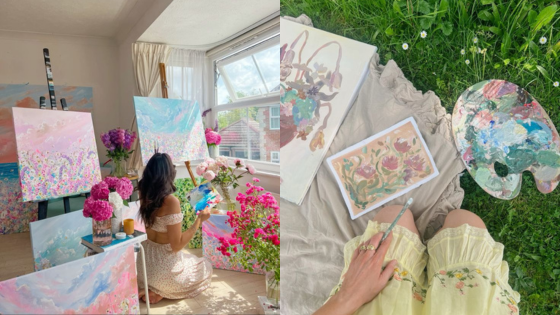Drawing can be both a rewarding and challenging endeavor. Every artist faces hurdles along the way, especially when learning the fundamentals. Recognizing common mistakes can help you improve your skills and enhance your creative expression.
By understanding pitfalls that many beginners encounter, you can steer clear of frustration and develop a more effective practice. Making informed adjustments to your techniques can significantly elevate your artwork. This article will highlight five typical drawing mistakes and provide practical tips to help you avoid them.
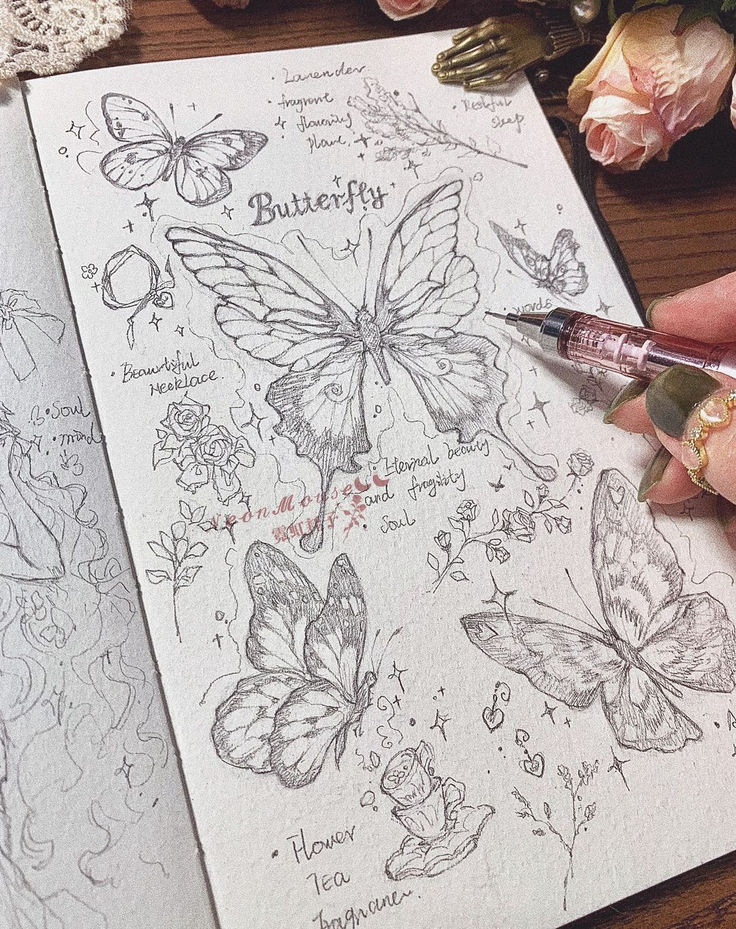
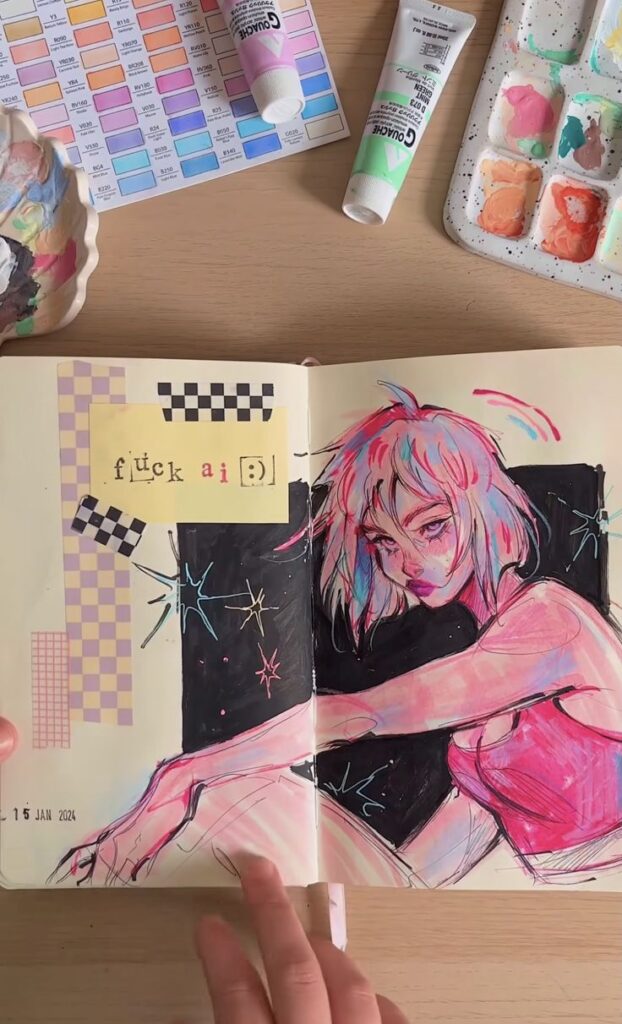
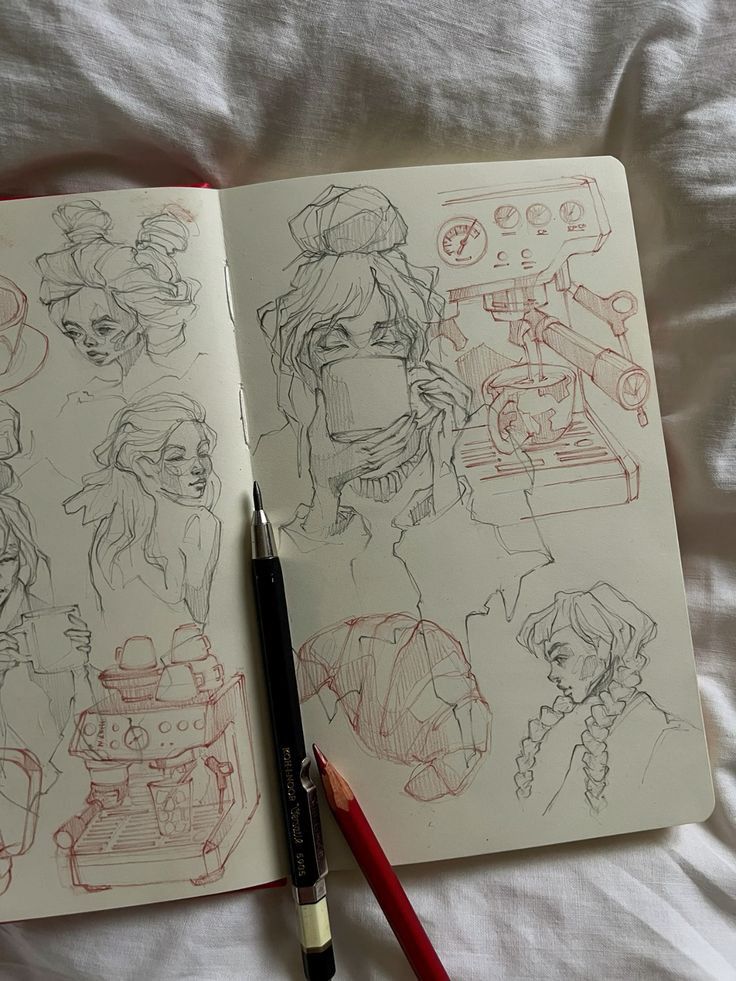
1) Ignoring Proportions
Proportions are essential in drawing, as they determine how well objects relate to one another in scale. Ignoring them can lead to awkward or unrealistic results.
To maintain accurate proportions, start by using basic shapes as templates. Break down complex forms into simple circles, squares, or triangles. This method helps you see the relationship between different parts more clearly.
Measuring with tools such as a pencil or ruler can also assist you. Hold your pencil at arm’s length and compare the lengths and angles of different elements in your drawing.
Another effective technique is to practice grid drawing. Overlay a grid on your reference image and replicate it on your drawing surface. This approach helps you focus on accuracy and proportionate relationships.
Lastly, step back frequently to view your work from a distance. This distance allows you to assess proportions more objectively. Regularly checking your work assists in identifying any discrepancies early on.
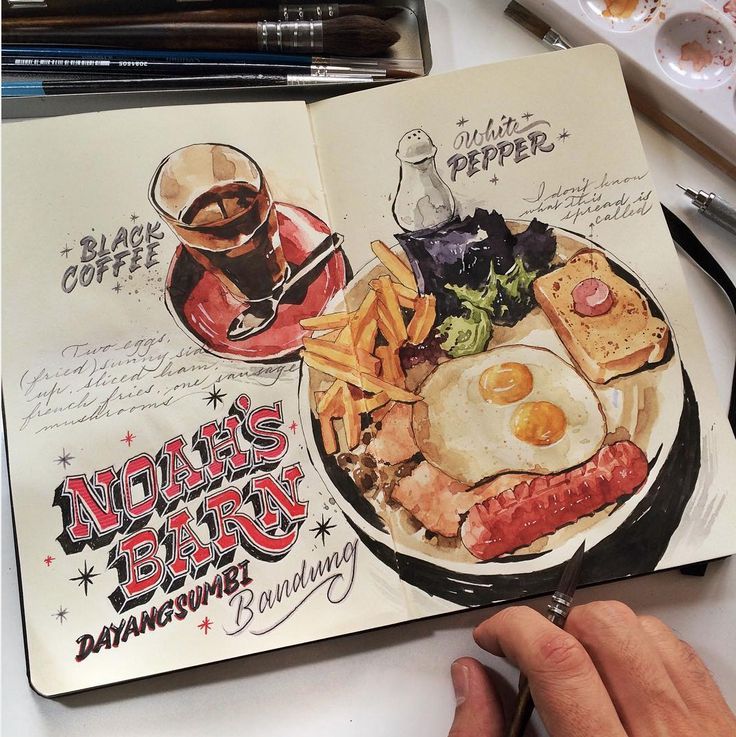
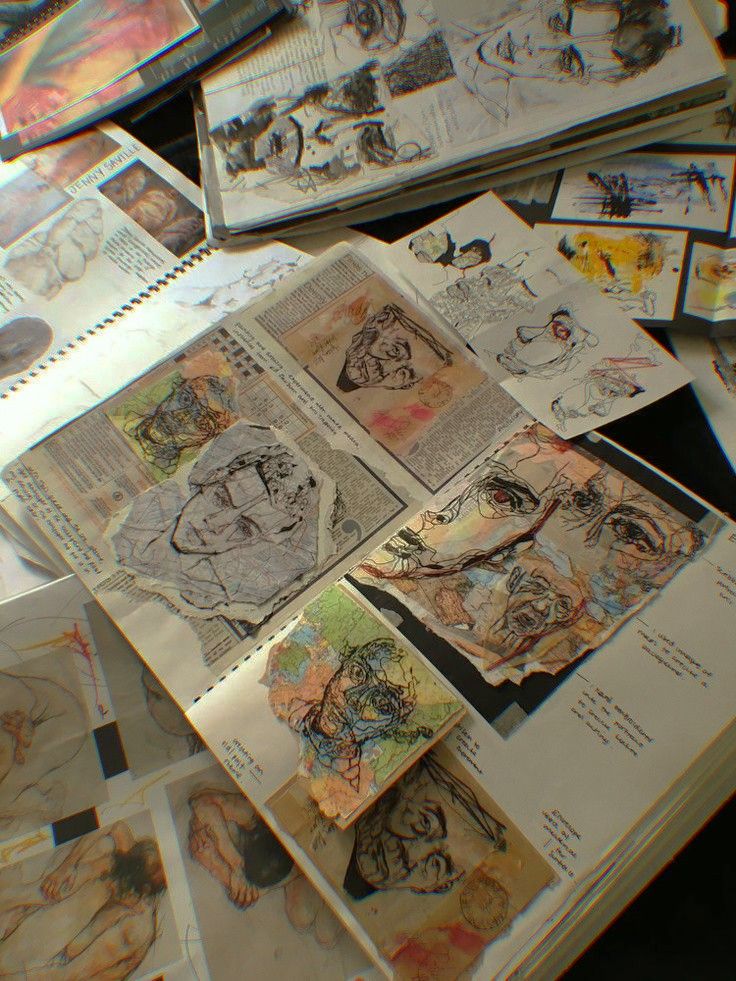
2) Misplacing Facial Features
Misplacing facial features is a common error that can lead to distorted or unrecognizable portraits. This often happens when you rely too heavily on intuition rather than observation.
To avoid this, start with guidelines. Draw light horizontal and vertical lines to establish where features will sit. The eyes are typically halfway down the head, while the bottom of the nose is halfway between the eyes and chin.
Measure distances accurately. Use your pencil to gauge the space between the eyes, nose, and mouth. This technique helps maintain proper proportions.
Pay attention to angles as well. Facial features are not symmetrical; they often have slight variations. Observing reference images can help identify these subtle differences.
Regular practice is key. Create sketches focusing solely on facial proportions. This will build your eye for placement and improve your overall drawing skills.

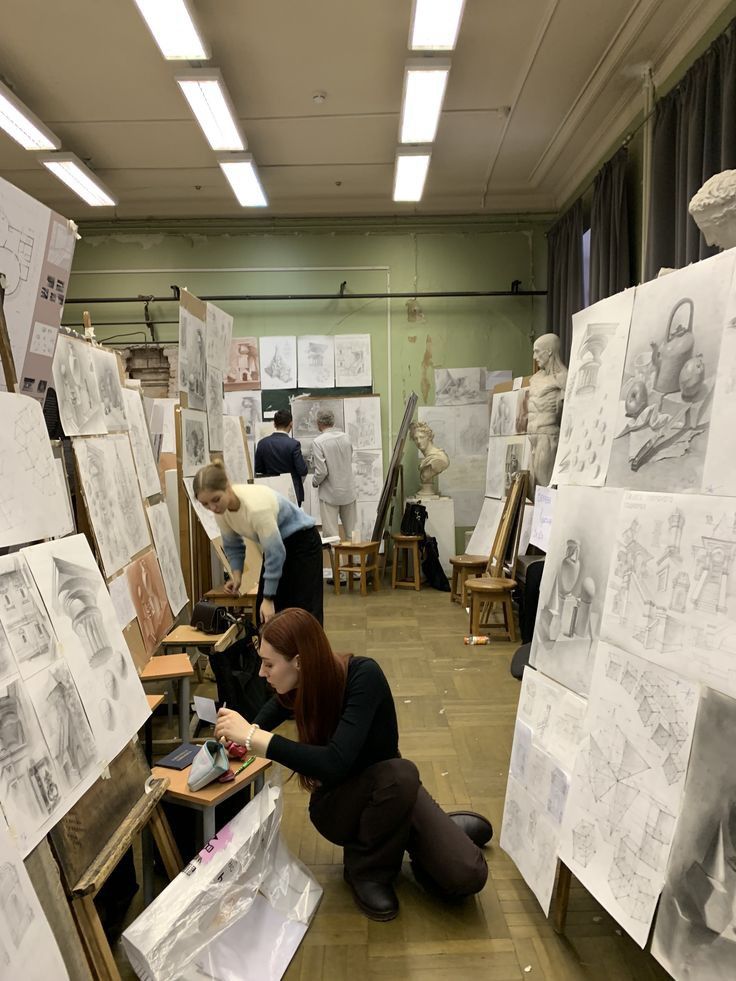
3) Overusing Eraser
Relying too much on your eraser can hinder your progress in drawing. While it is essential for correcting mistakes, excessive use can disrupt your workflow and distract from creativity.
Each time you erase, it can lead to loss of confidence in your marks. This may cause you to lose sight of your original intention in the piece. Instead of erasing, try to embrace the imperfections in your sketches.
Focus on adjusting your techniques to minimize errors. Practice drawing with a lighter touch, allowing for easy adjustments without heavy reliance on the eraser.
Using your pencil marks as a guide rather than a definitive line can also be helpful. This approach encourages exploration and experimentation, leading to more innovative results.
By reducing the number of times you reach for the eraser, you will develop a more confident drawing style. This shift allows you to cultivate your unique artistic voice while improving your skills over time.
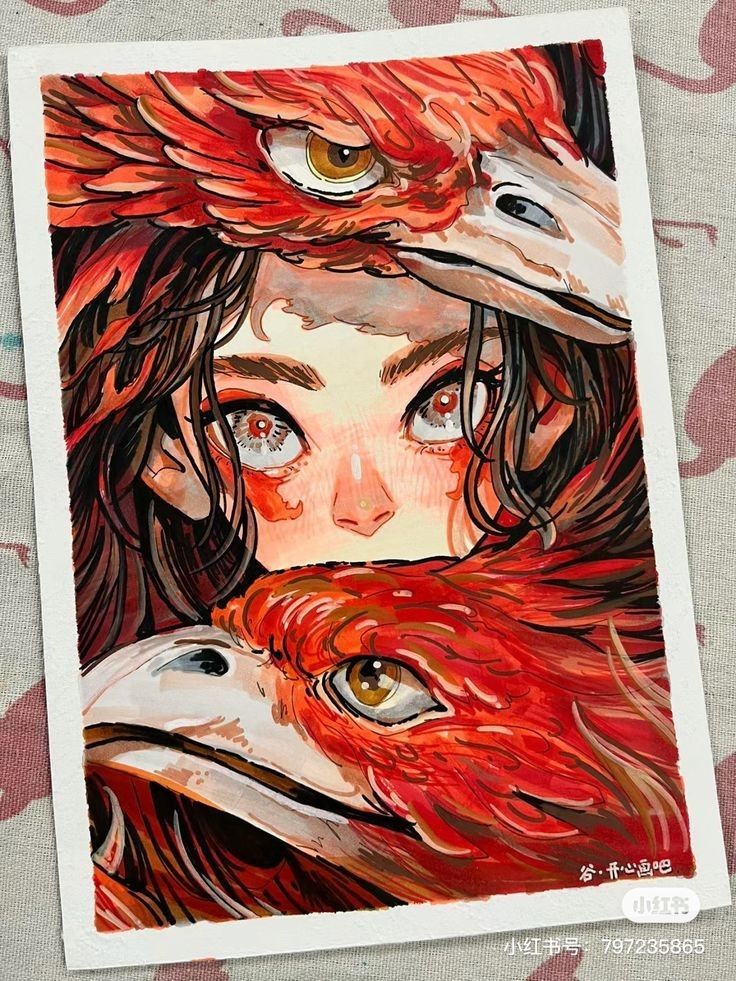
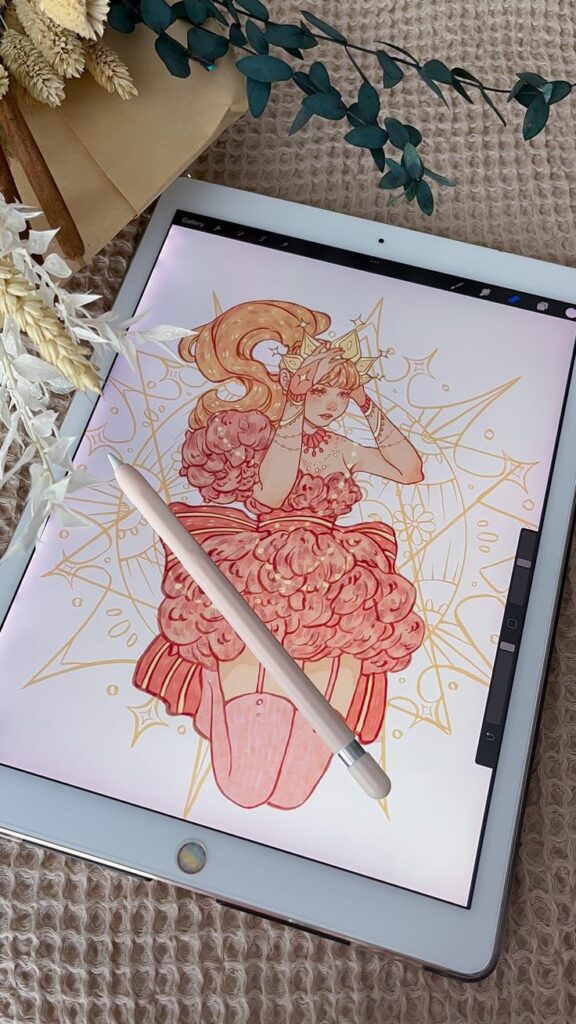
4) Skipping Light Sketching
Many artists overlook the importance of light sketching before committing to their final lines. This step allows you to establish proportions and composition without the pressure of perfection.
Light sketching enables you to test ideas and make adjustments easily. Using a soft pencil or light pressure on the drawing surface can help you visualize the overall layout.
If you skip this step, you risk drawing mistakes that may require extensive corrections later. It can lead to frustration and wasted effort.
Taking a few minutes to create a light sketch can save you time in the long run. You can focus on refining your work instead of struggling with initial inaccuracies.
Developing this habit will improve your confidence and enhance your skills as an artist. Embrace light sketching as an essential part of your drawing process.
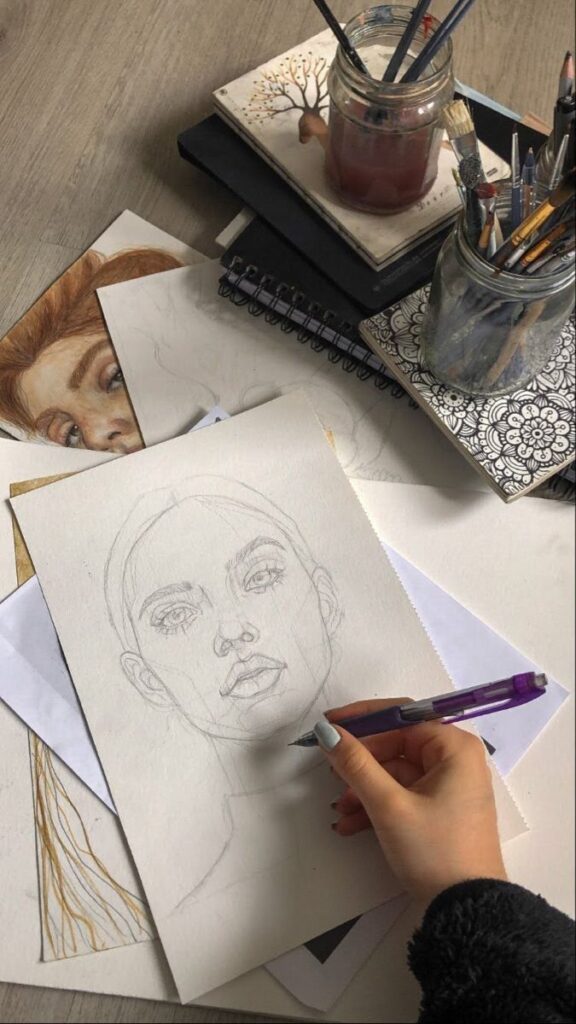
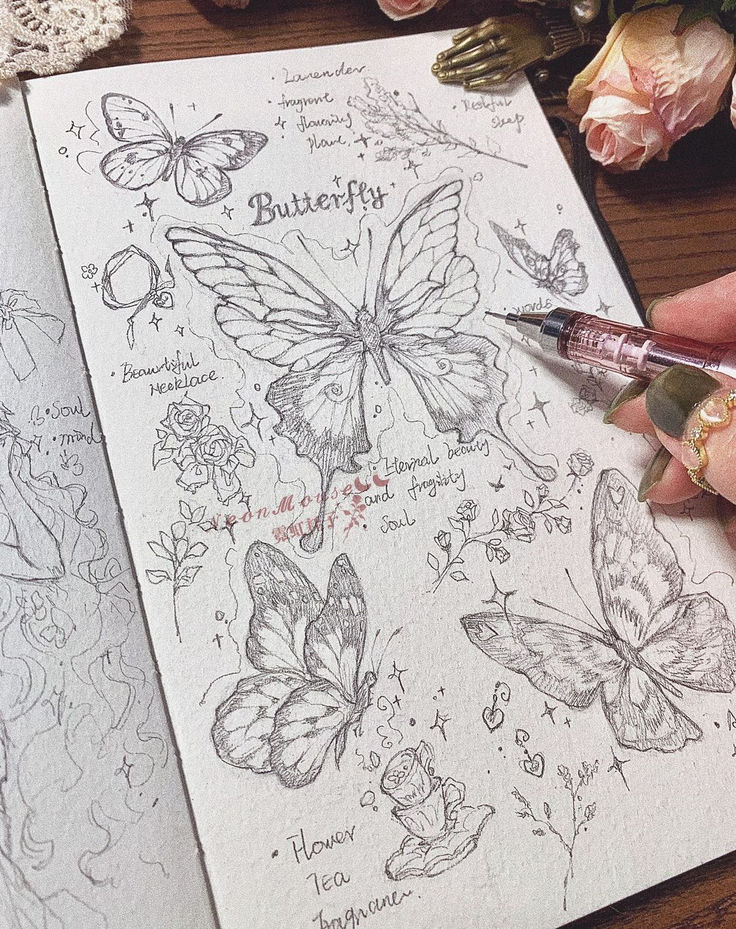
5) Neglecting Backgrounds
Neglecting backgrounds is a frequent issue in drawing. Many artists focus solely on the main subject, causing the background to become an afterthought. A well-considered background can enhance the overall composition.
Ignoring the background can lead to an unbalanced piece. If the background lacks detail or context, it can detract from the focal point of your work. Consider how the background interacts with your subject.
Incorporating a thoughtful background adds depth. Use it to establish the setting or mood. Simple elements, like color or patterns, can significantly contribute without overwhelming the viewer.
Experiment with varying levels of detail in the background. A softer focus can help the subject stand out while still providing essential context. This approach allows viewers to engage with the entire piece.
Don’t shy away from sketching potential backgrounds early in your process. Planning will make it easier to integrate these elements seamlessly. Focusing on this aspect will enhance the quality of your drawings.
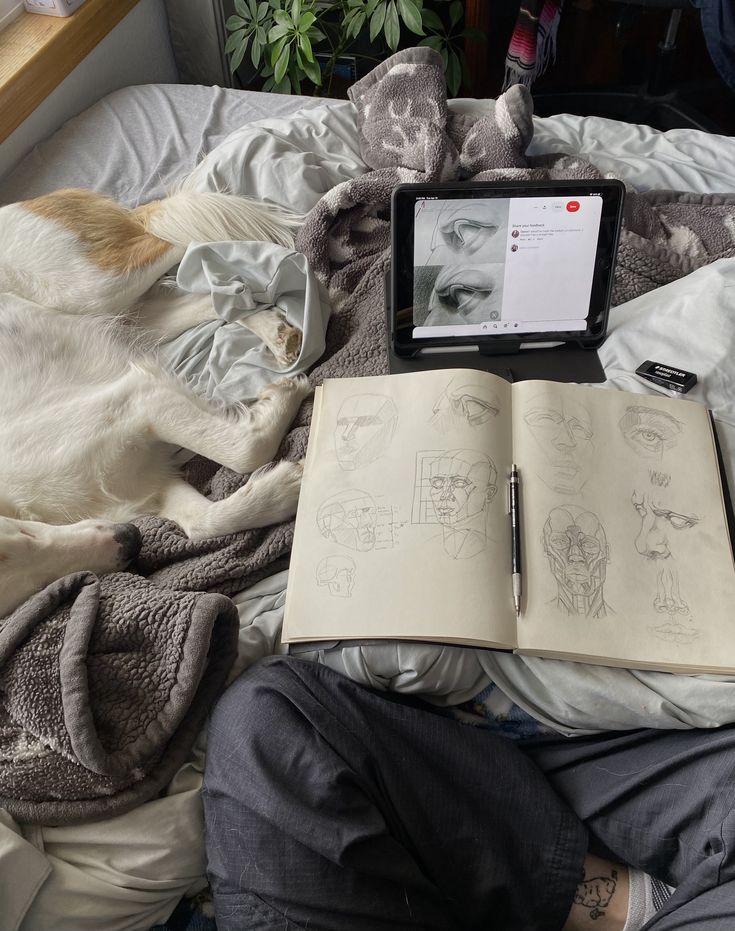
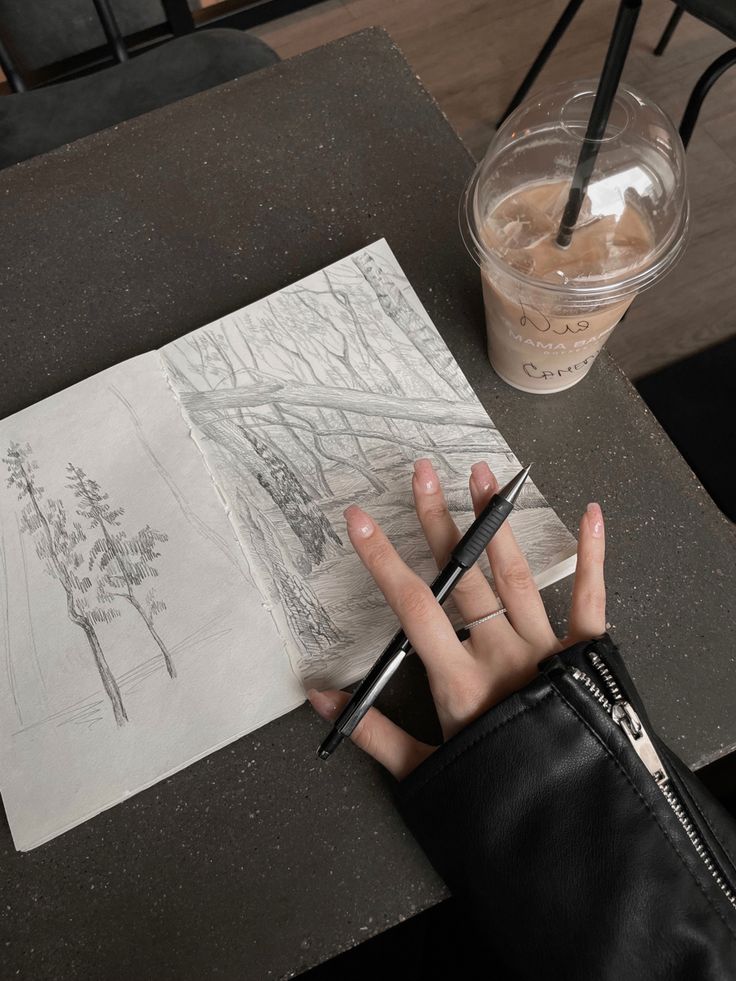
Understanding the Fundamentals
A solid grasp of the fundamentals is essential for enhancing your drawing skills. Proper tool selection and an understanding of light and shadow set the foundation for successful artwork.
Importance of Proper Tool Selection
Choosing the right tools can significantly influence your drawing experience and results. Different pencils, papers, and erasers yield varied effects. For example, softer pencils like 2B or 4B create darker lines, while harder pencils like H produce lighter strokes.
You should also consider the type of paper you use; textured paper adds depth, while smooth paper allows for fine detail. Having a selection of tools will accommodate various styles and techniques. Experimenting with different mediums like charcoal or ink can also expand your skill set. Effective tool selection maximizes your potential and improves your artwork.
Basics of Light and Shadow
Understanding light and shadow is crucial in creating three-dimensional effects in your drawings. Light sources dictate how shadows form and which areas should be highlighted. Always consider the direction of your light source when starting a piece.
Shadows can be categorized into three types: cast shadows, which occur on surfaces; form shadows, which give shape to your subject; and reflected light, which lightens shadowed areas slightly. Use gradients to represent smooth transitions between light and shadow, and practice applying these principles to bring depth to your work. By mastering light and shadow, you will enhance realism in your drawings.
Techniques to Enhance Drawing Skills
Improving your drawing skills involves focused practices that address specific aspects of art. By honing your sense of proportion, scale, and perspective, you can produce more accurate and engaging drawings.
Practicing Proportion and Scale
To master proportion, start by measuring the relationships between different parts of your subject. Use a pencil to create a “measuring stick” technique: hold it vertically and horizontally to gauge sizes.
Tips:
- Break down complex forms into simple shapes (circles, squares).
- Use grid methods to compare ratios accurately.
- Regularly sketch from life to further your understanding of real-world dimensions.
Recognizing how size changes in relation to distance enhances your ability to depict realistic or stylized objects in your artwork.
Developing Perspective Awareness
Understanding perspective is crucial for depth in your drawings. Start with one-point perspective, where all parallel lines converge at a single vanishing point.
Key Points:
- Practice drawing basic shapes (cubes, rectangles) in one-point perspective.
- Move on to two-point and three-point perspectives for complex structures.
- Create horizon lines to anchor your composition.
Regularly integrating these principles into your practice will help you create a convincing sense of space and dimension in your artwork.
- 1.0Kshares
- Facebook0
- Pinterest1.0K
- Twitter0


